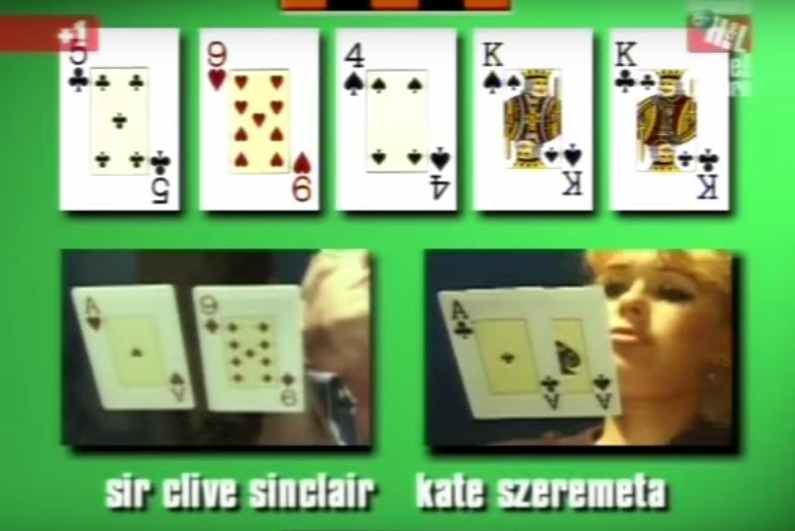Changed poker forever
The poker world is in mourning as Henry Orenstein, the inventor of the hole card camera, passed away on Tuesday at the age of 98. A member of both the Poker Hall of Fame and the New Jersey Inventors Hall of Fame, Orenstein is survived by his wife, Susie.
Though the ability to see players’ hole cards on a television broadcast or internet stream is an automatic feature now, it was not always the case. Orenstein patented the device in 1995, but his hole card cam only debuted on BBC’s Late Night Poker four years later, in 1999. Players placed their hole cards on a glass window built into the table. A mirror below the window then reflected the image to a camera mounted under the table. A later version used a camera built into the table rail to spy on players cards as they peeked at them.
many outright opposed to the camera, as it meant their strategies could be made known to the world
Poker pros were skeptical at first; many outright opposed to the camera, as it meant their strategies could be made known to the world. But when the camera led to more popularity for poker and, in turn, more fame and money for players, they came around.
Orenstein was also a skilled poker player in his own right. He made the World Series of Poker final table in 1995, finishing in 8th place. The very next year, he won a bracelet in $5,000 Limit Seven Card Stud, the only WSOP gold bracelet of his career.
Helped launch the poker boom
Henry Orenstein’s hole card cam revolutionized poker, making him arguably the most important person in the history of the game. If you have ever seen poker telecasts before the hole card cam, you know how absolutely agonizingly boring they could be. You are just sitting there, watching a bunch of men sitting there.
But with the ability to see player’s cards, the home viewing audience could now participate in the action. They could sweat the ups and downs, almost like a movie where we know something the protagonist doesn’t.
we would never have experienced that moment when Moneymaker pulled off the “bluff of the century”
The hole card cam’s impact was never more on display than it was during the 2003 World Series of Poker, when Chris Moneymaker shocked the world by winning the Main Event. If we couldn’t see their cards, we would never have experienced that moment when Moneymaker pulled off the “bluff of the century” against seasoned veteran Sammy Farha.
Orenstein’s hole card cam helped elevate the status of Chris Moneymaker and the World Series of Poker. Fans saw an accountant from Tennessee, an amateur poker-playing everyman, win the biggest tournament in the world and believed they could do it, too. Combine that with Moneymaker bringing attention to online poker – he famously earned his way into the Main Event through a satellite on PokerStars – and the poker boom was upon us.
A fascinating life
Henry Orenstein’s life was more than just poker, though. If he never would have invented the hole card cam, he still would have had a century-long adventure to put most our experiences to shame. A native of Poland, he used his wits to survive the Holocaust, making the Nazis believe he and his three brothers were mathematicians so that they would find them useful and keep them alive through multiple concentration camps.
After moving to the United States in 1947, Orenstein opened a grocery store, which he later sold. From there, he began working for the Topper Toys company, at which he would eventually become president and CEO. Orenstein registered over 100 patents for toys, including the Suzy Homemaker Oven, Betty the Beautiful Bride, and the Johnny Lightning Car.
In the 1970’s, he moved on to Hasbro, where he pitched an idea for car that could change into another toy. It was that idea that Alan Hassenfeld, Hasbro’s CEO at the time, said was “the catalyst” for what would eventually become Transformers. In 1984, the company bought the distribution rights to the molds of the toys from Japanese company Takara and Transformers became one of the most popular toy lines of all time.




